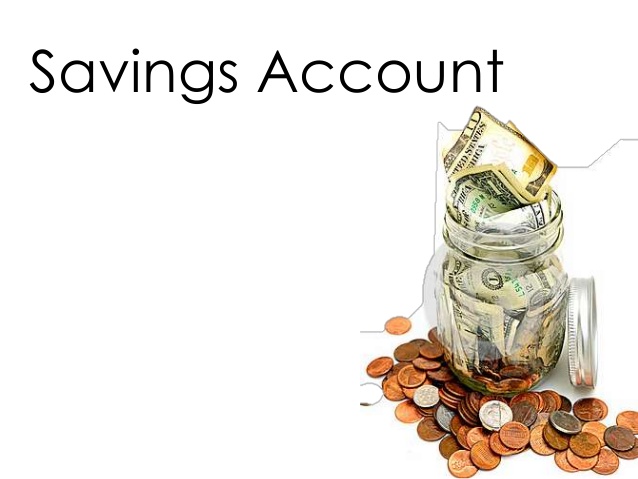If you’re looking to build up a savings culture, don’t just plump for the first savings account you find, as accounts vary widely in terms of their offerings, according to moneysupermarket.com.
When choosing which savings account to go for, you need to think carefully about whether you will need access to your money; how long you are looking to save for, and how you want to operate it. For example, do you do all your banking online, or do you like being able to pop into a bank branch and talk to someone face-to-face?
Easy access accounts
If you want to build up a rainy day fund, which you can access whenever you need to, you will need an easy access account.
However, don’t assume that just because an account is marketed as easy access, you will be able to make withdrawals whenever you want to. Often, you may only be able to male a number of withdrawals a year, so always read the small print carefully before applying.
Notice accounts
If having immediate access to your savings is not top on your priority list, you may want to consider a notice savings account instead.
This type of account requires savers to let the provider know in advance that they want to make a withdrawal. Typically notice periods start from 30 days, but can be as long as 120 days or more.
The biggest benefit of this type of account is therefore the fact that it removes the temptation to withdraw money on the spur of the moment.
Beware of the bonus trap
If you are opening a savings account, you are going to want to earn the most competitive savings rate possible, but watch out for short-term bonuses which disappear after the first year.
How much are you planning to save?
Savings accounts usually come with a minimum a investment limit.
As a general rule, the steeper the initial deposit you have to make, the higher the returns are likely to be; so if you are fortunate enough to have a big lump sum to put away, you should focus on accounts with higher minimum investment limits.




